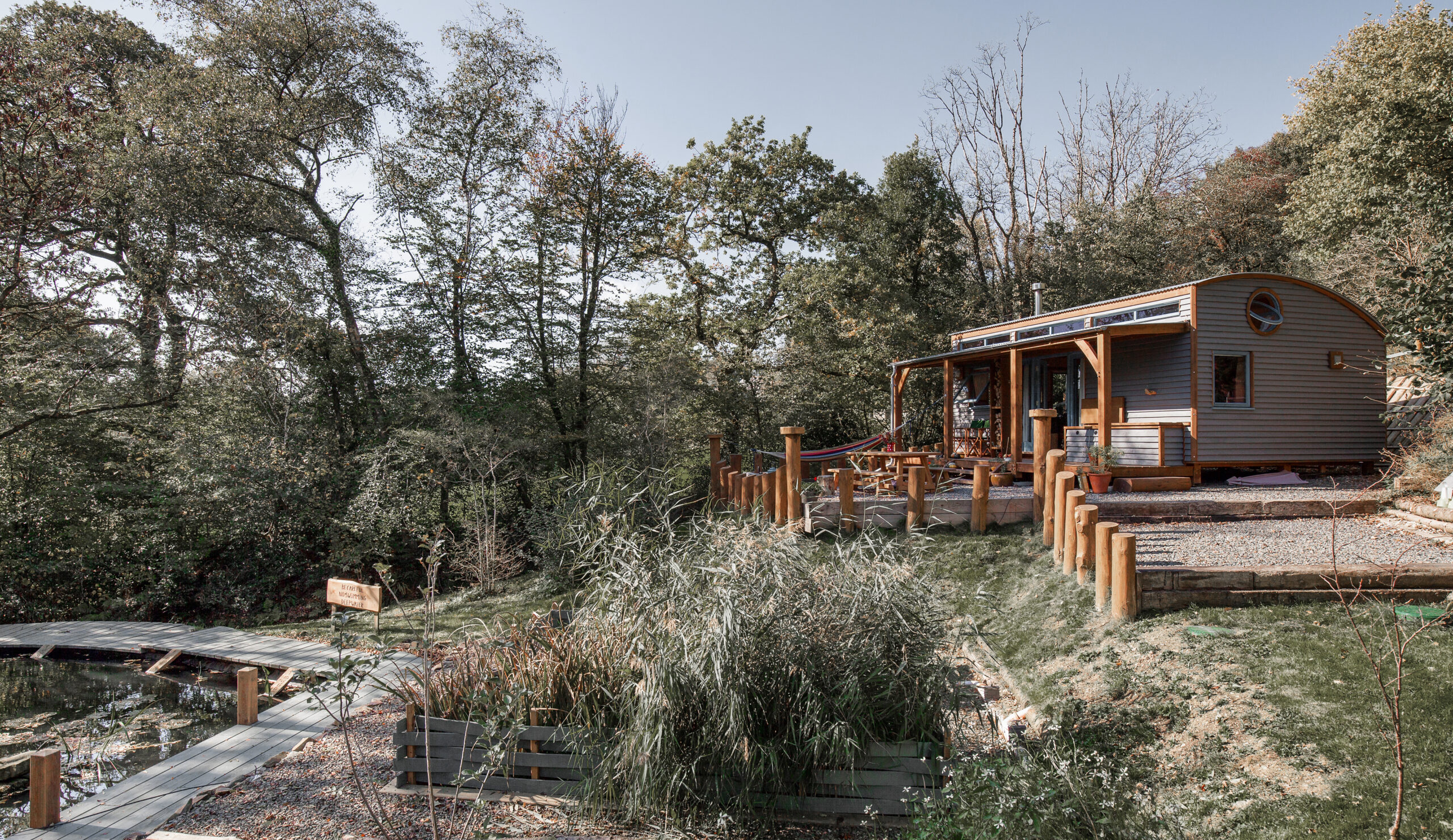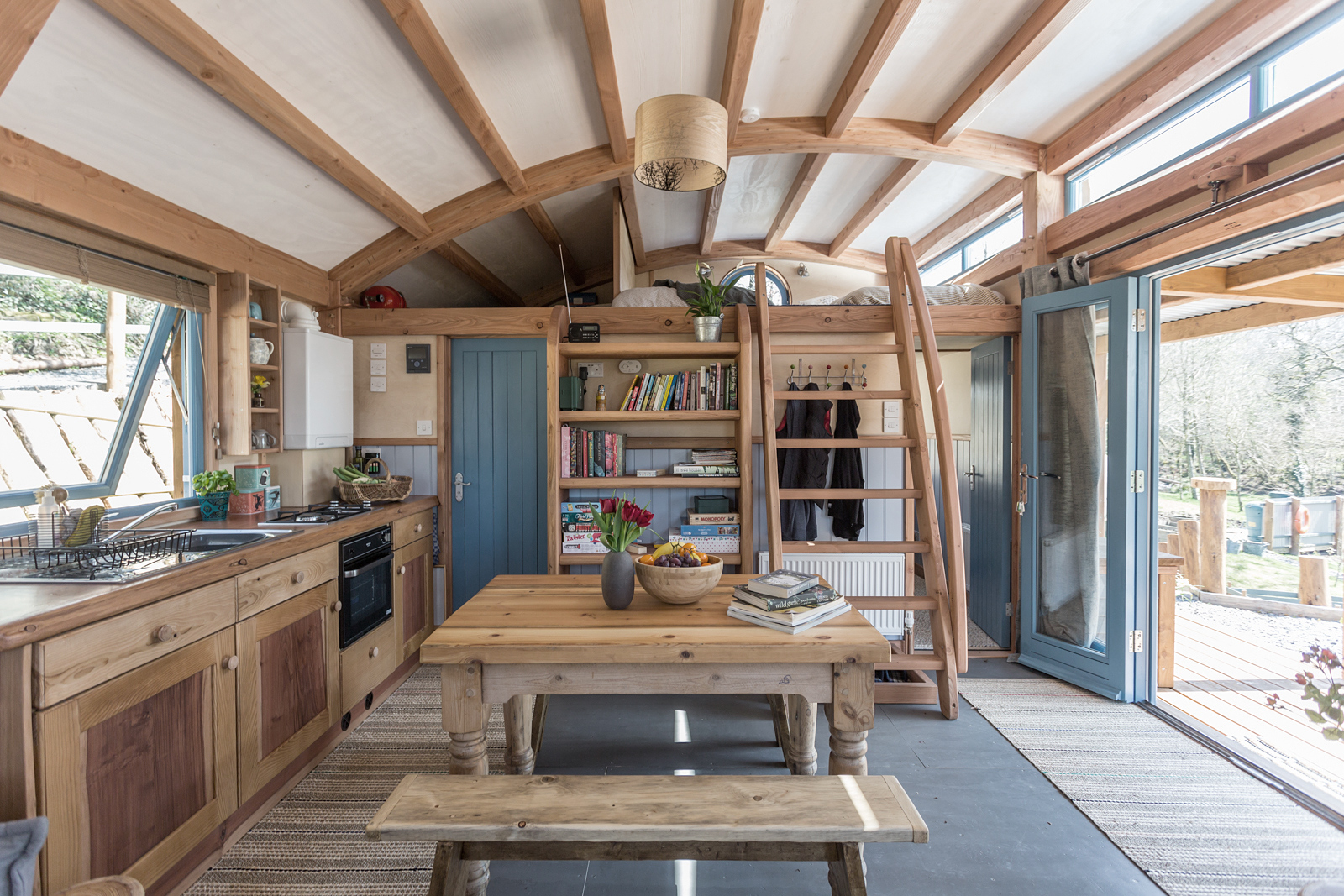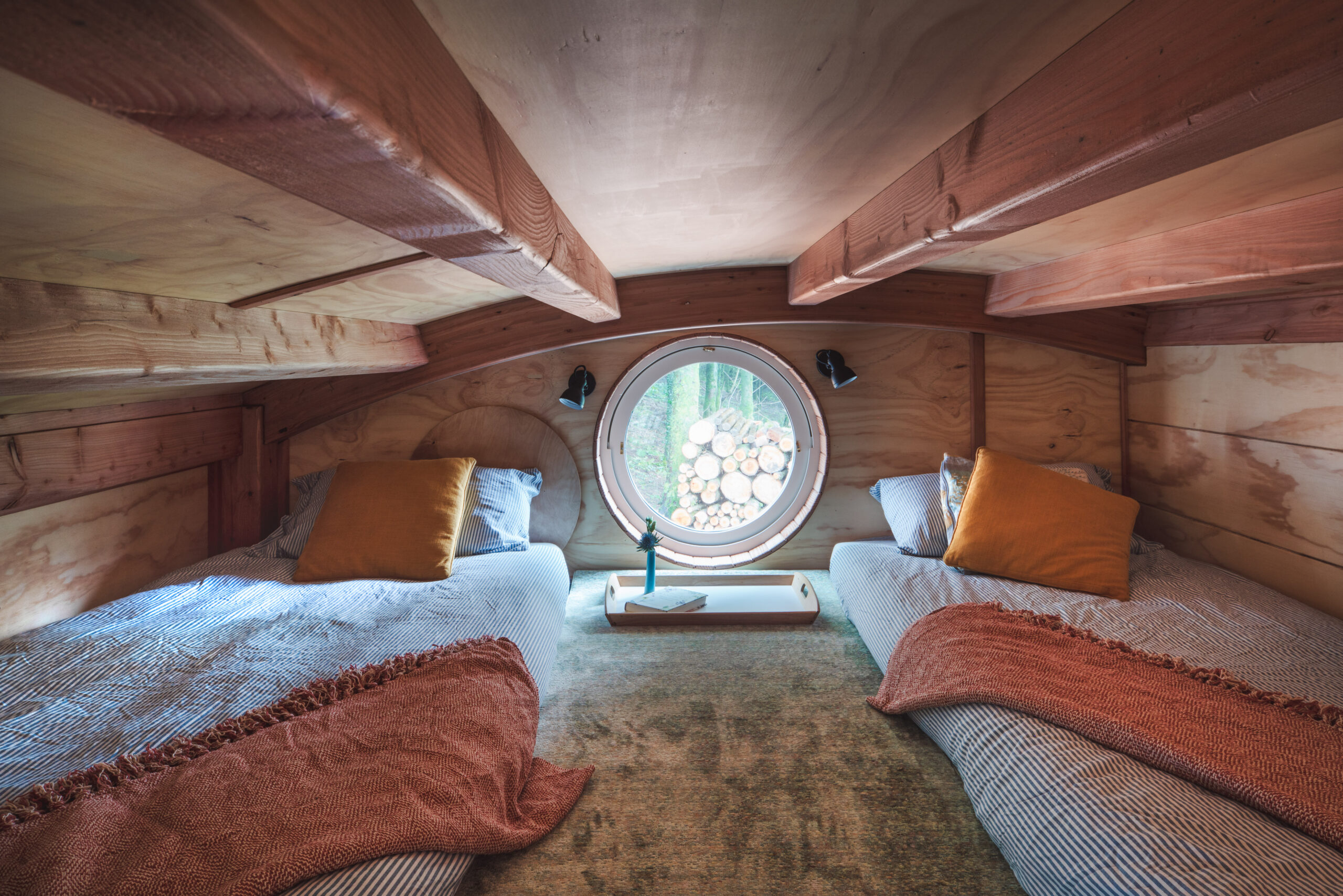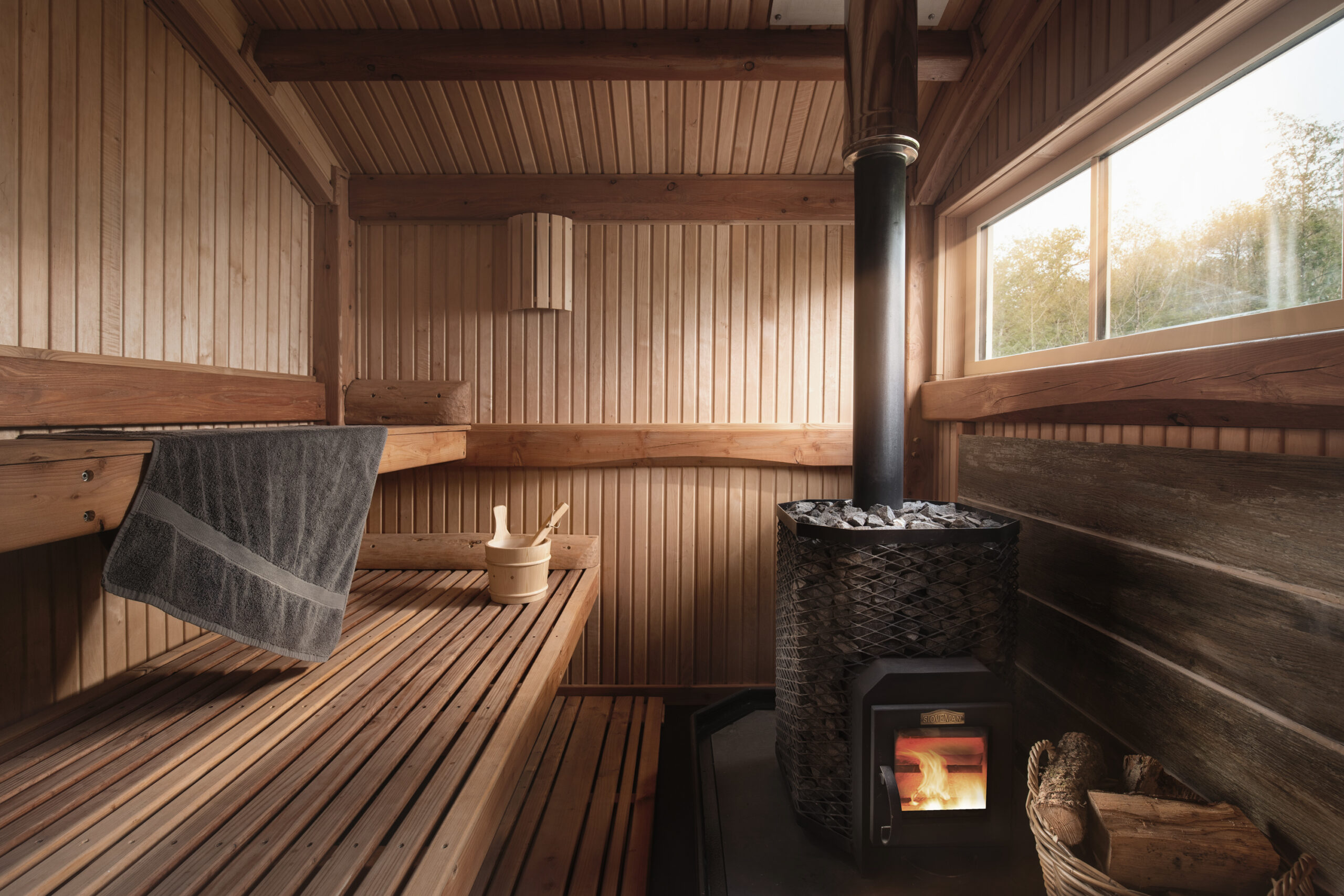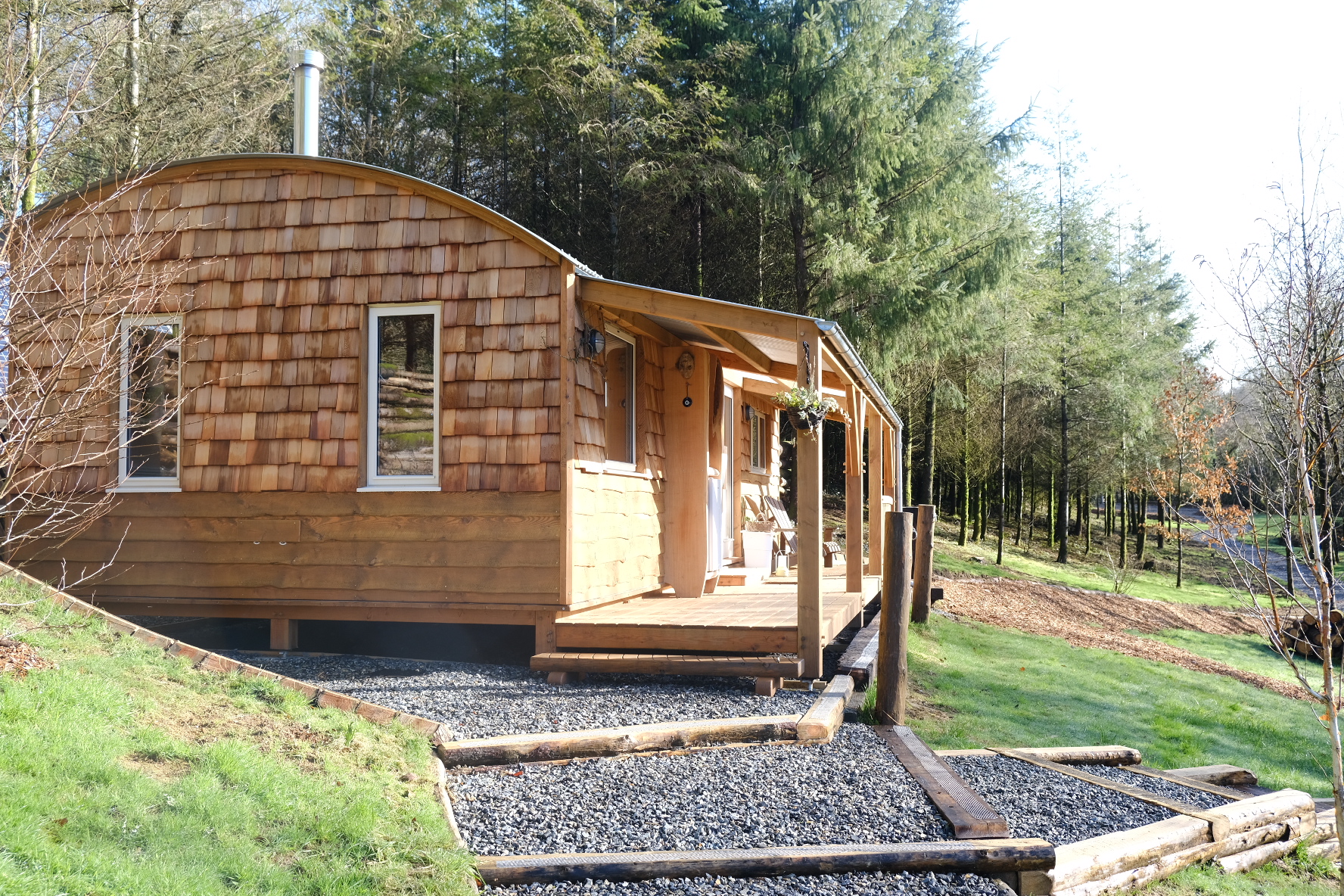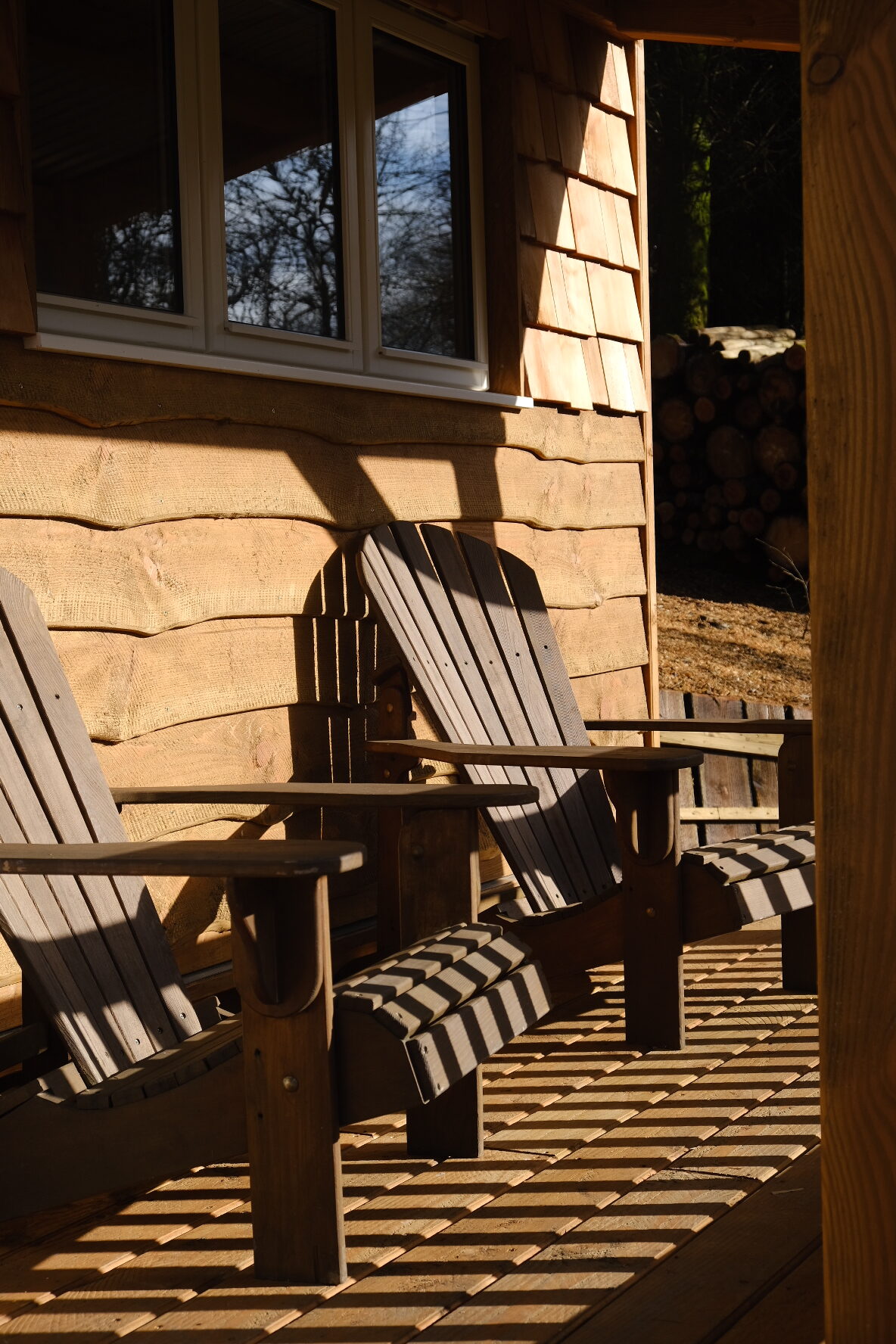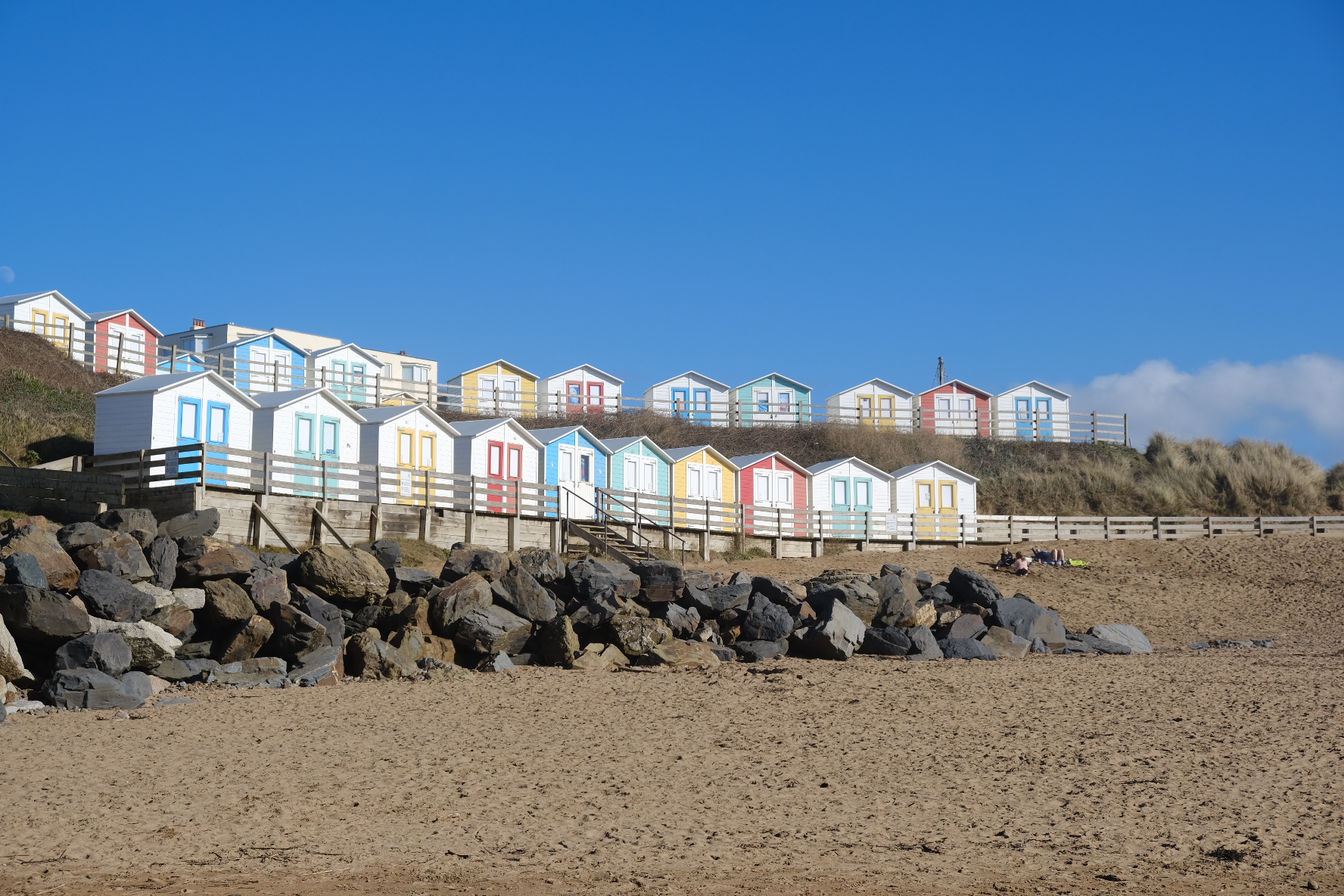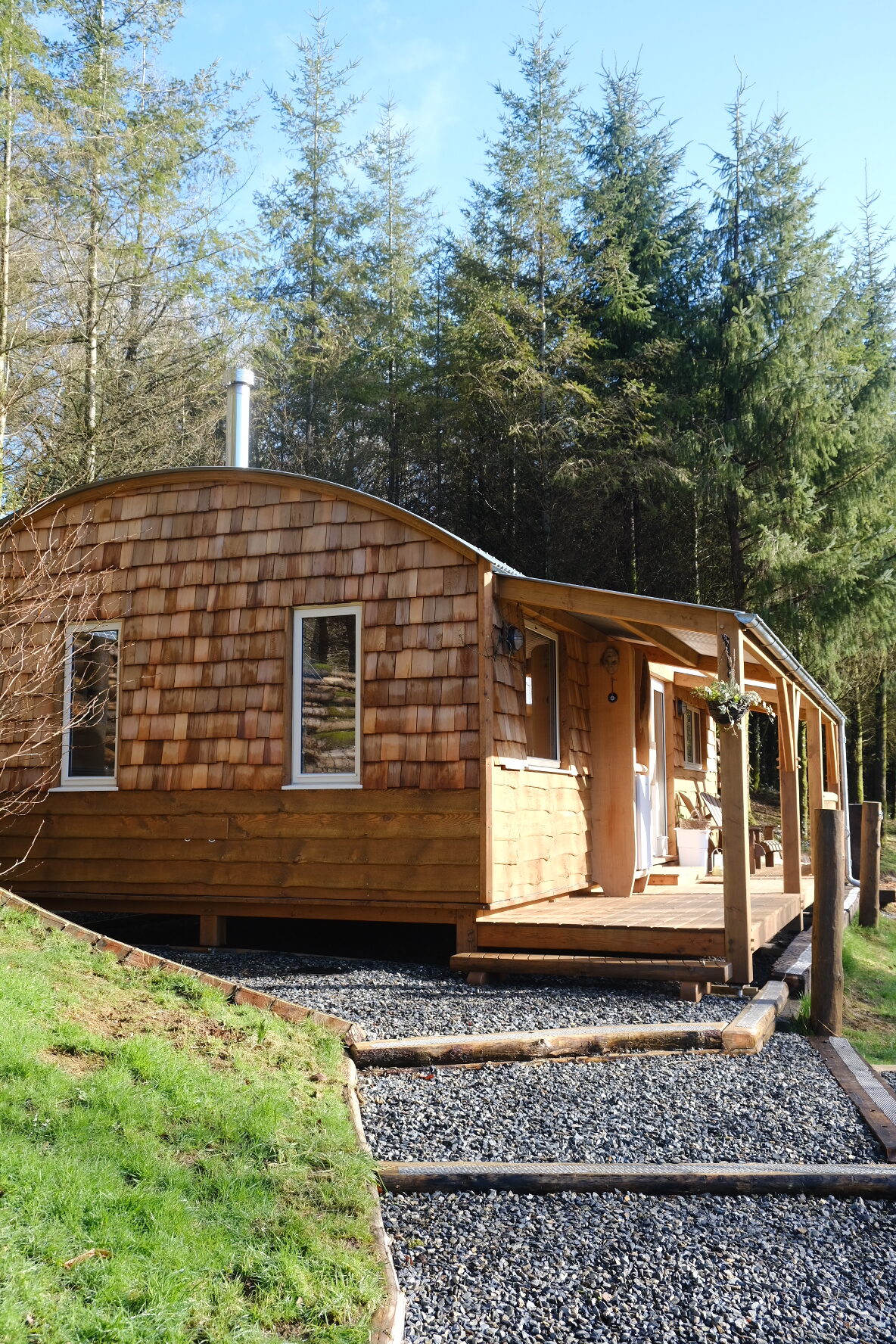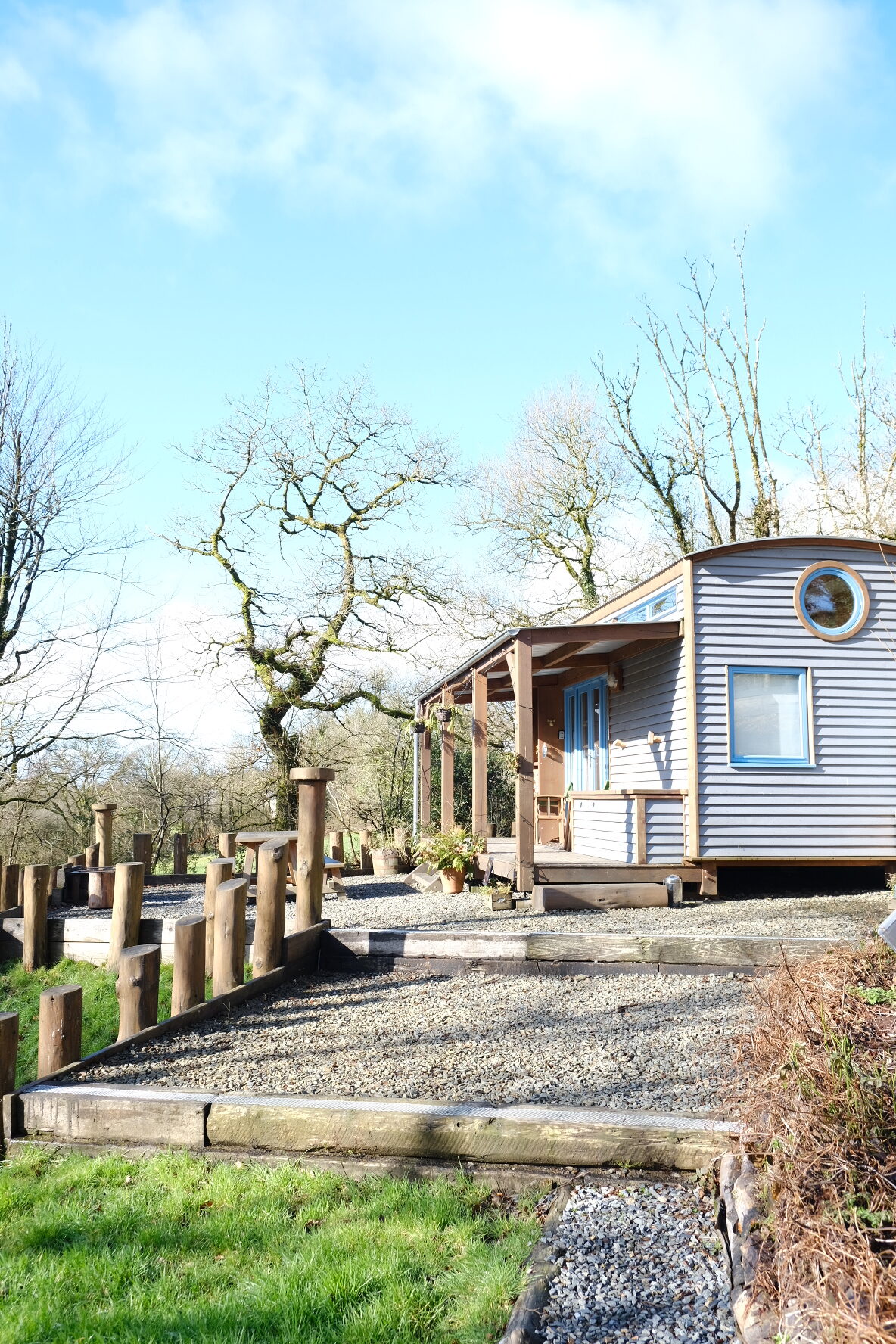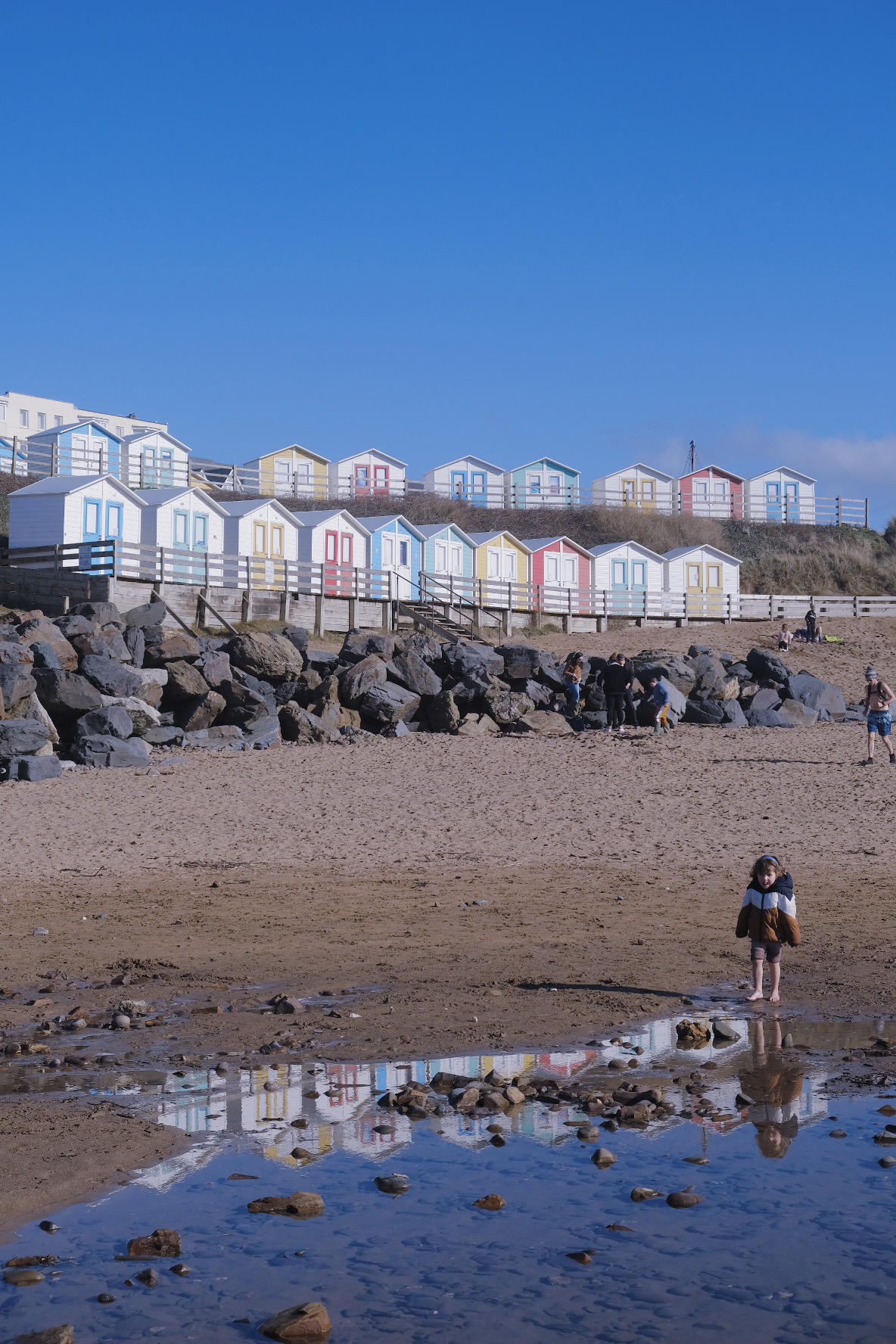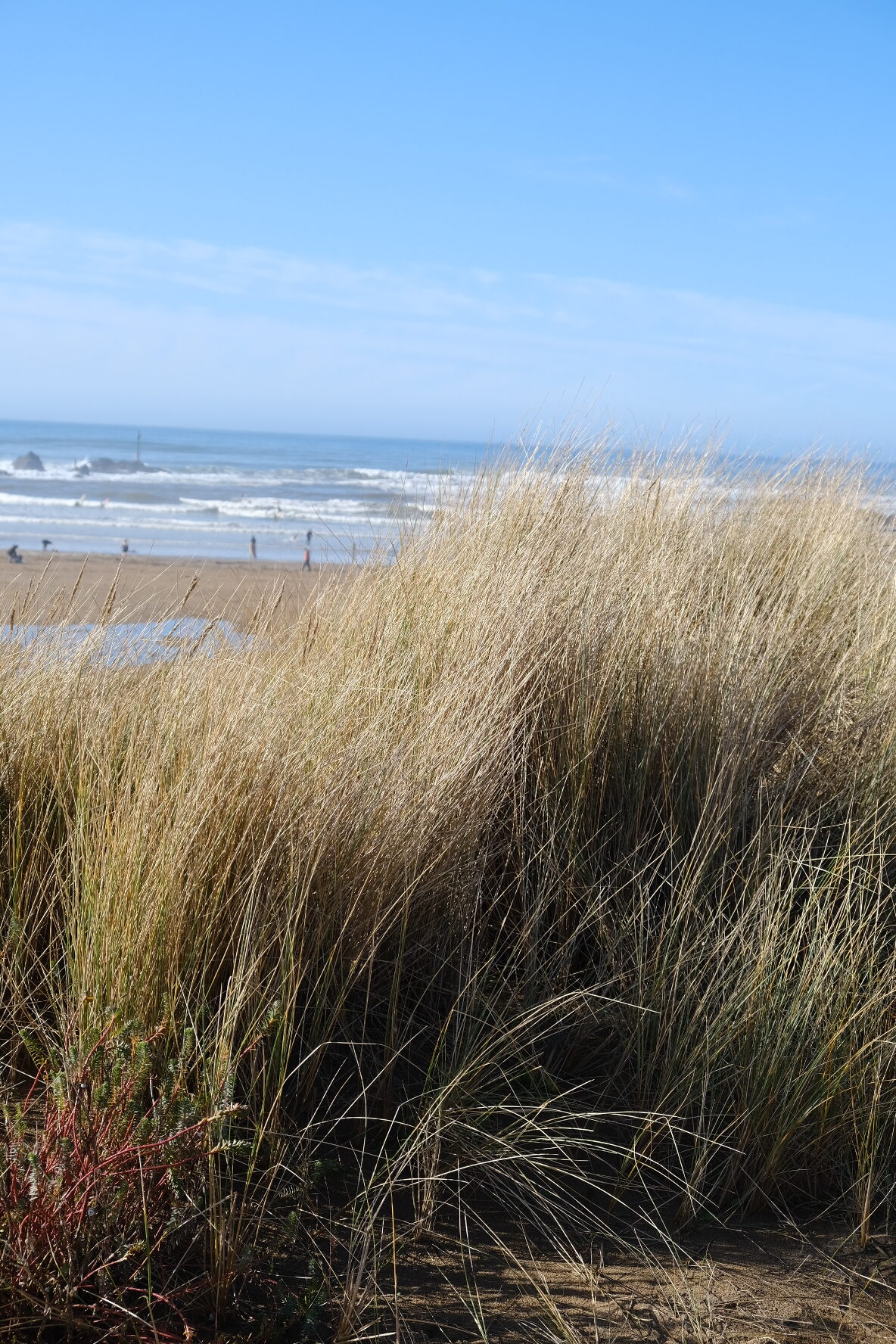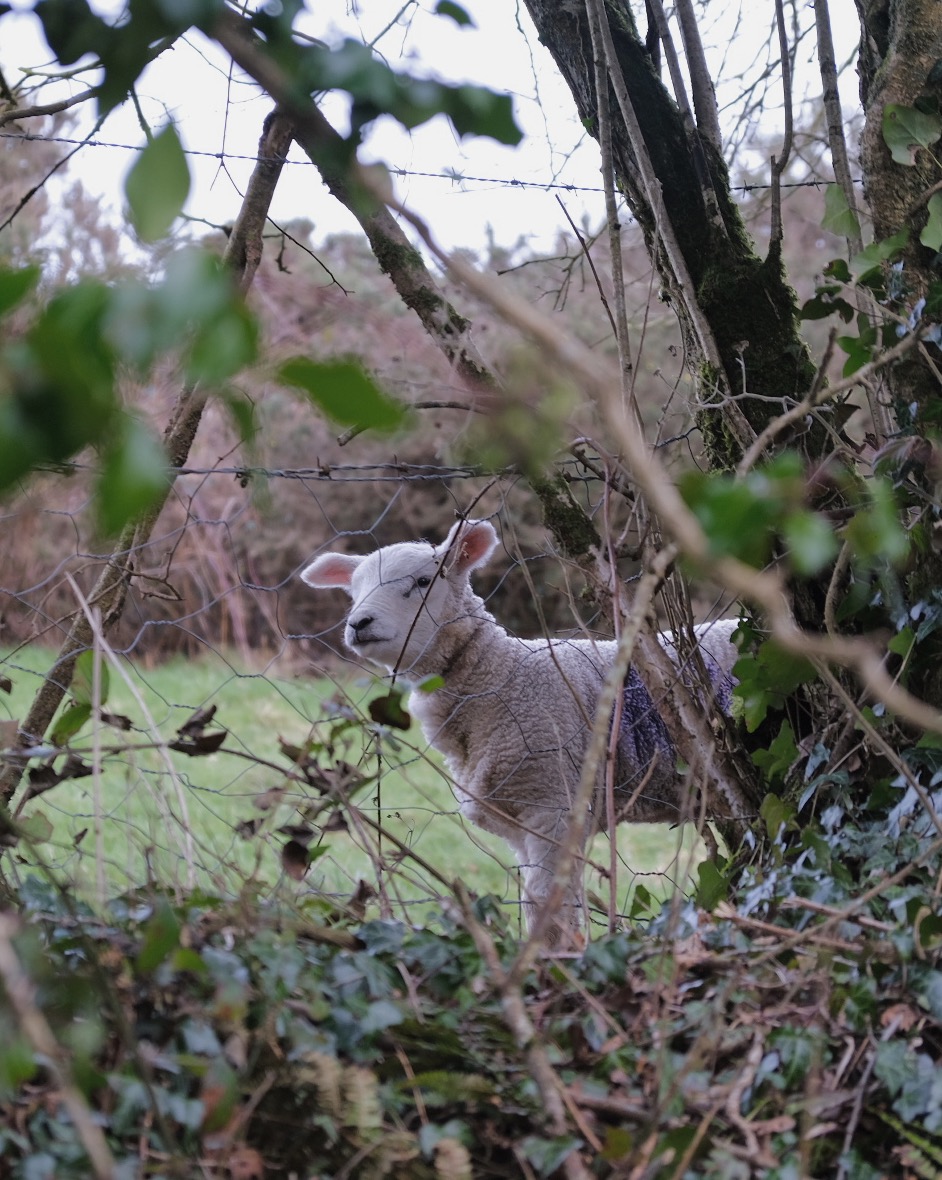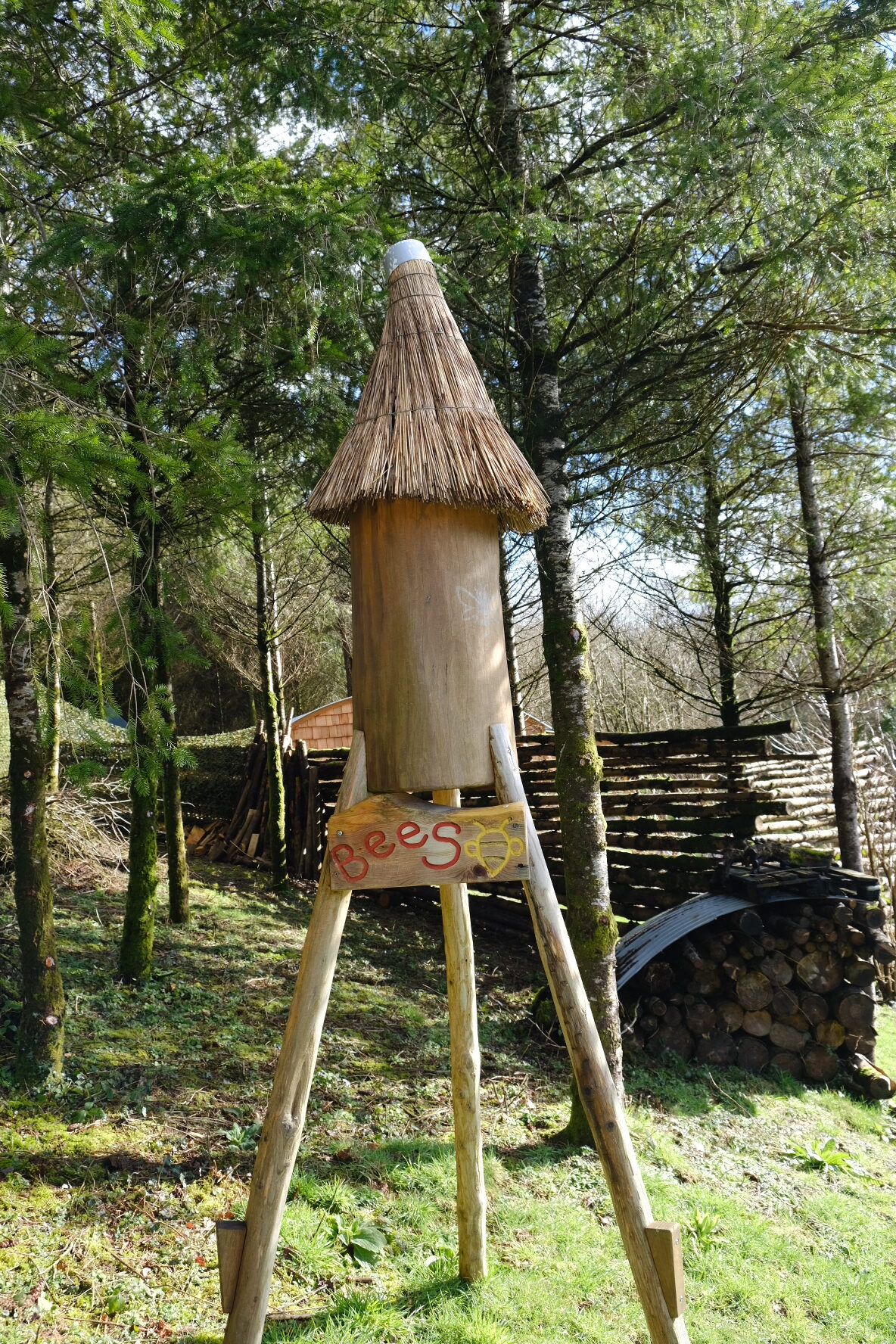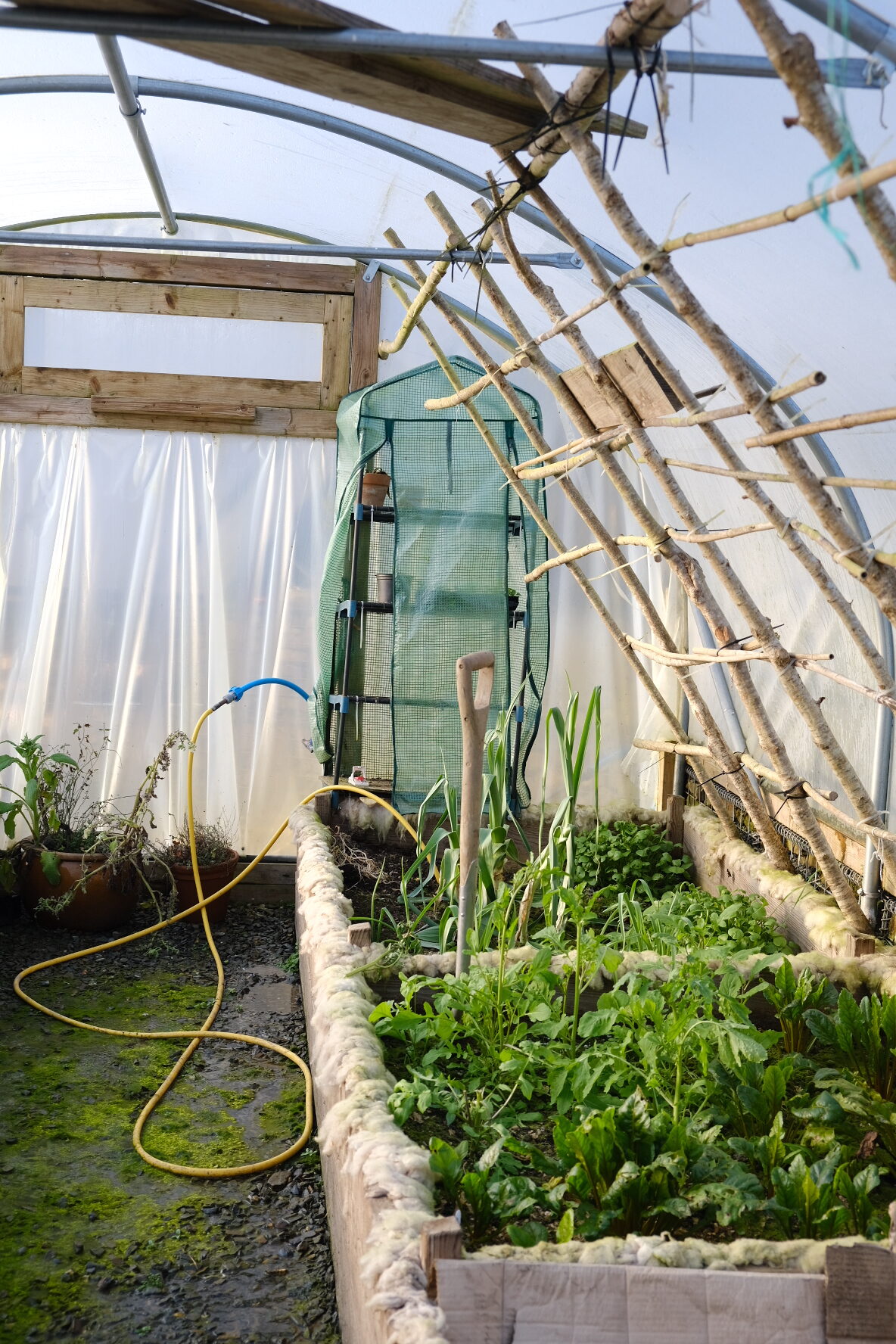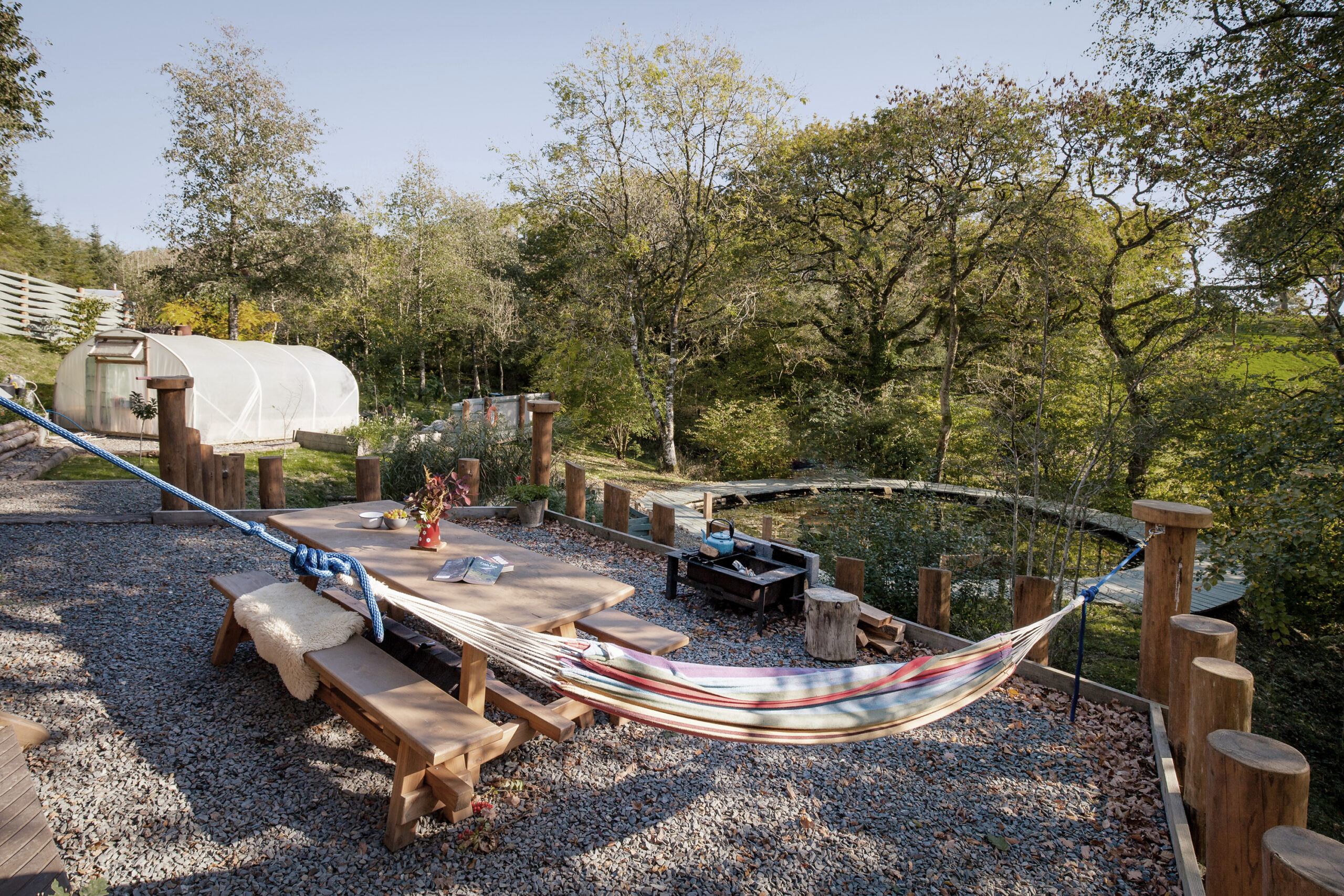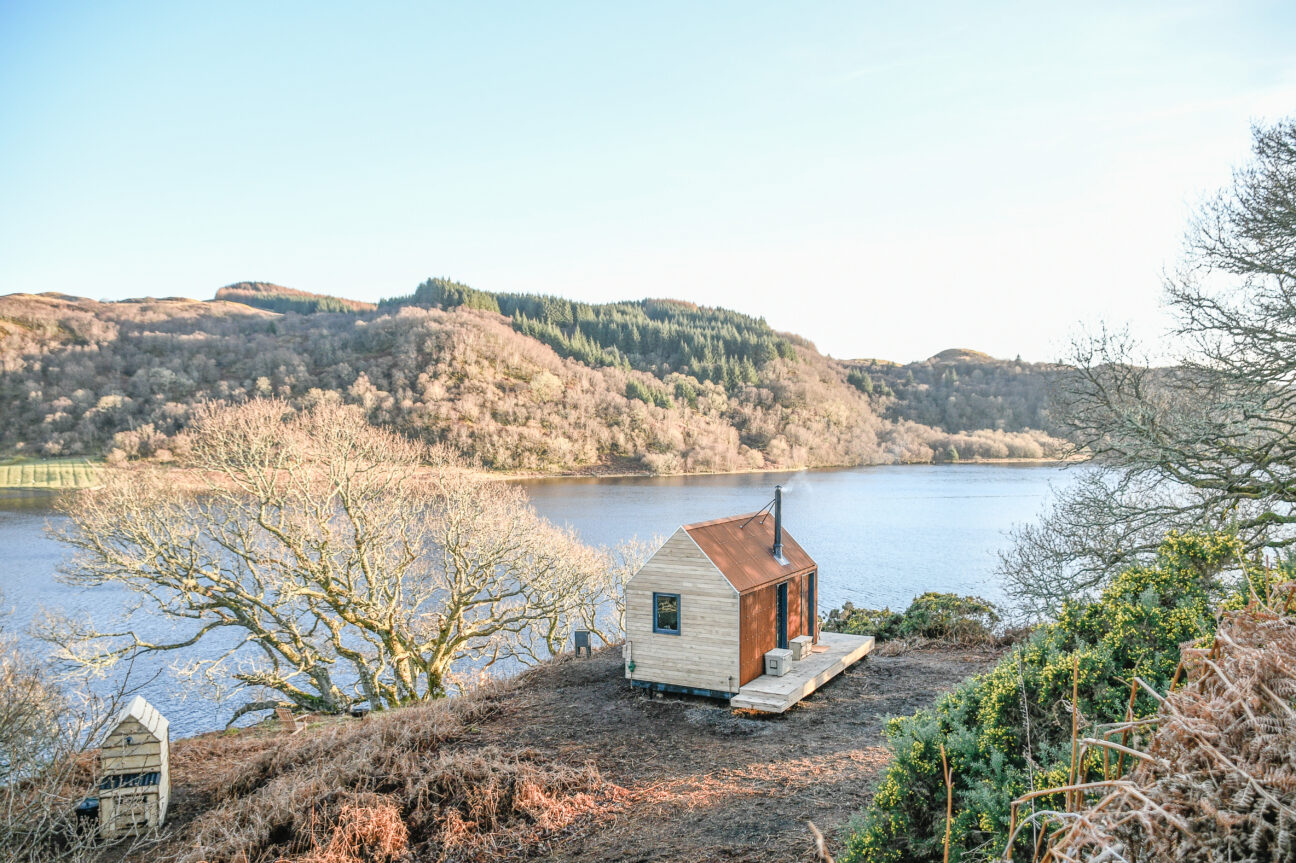What’s the back story of your hideaways?
Jo: When Ben and I first got together, we lived in small spaces such as vans and yurts for a few years. He was a carpenter specialising in traditional woodworking methods and I was in hospitality. In 2011, he set up a business making unique timber cabins, wagons and hut, and at the same time, we found a perfect piece of land that could lend itself to an off-grid site which would complement both our skills – his beautiful structures and my hosting experience. It took many years for us to get the funds together and gain planning, but we finally opened in September 2016.
Tell us about the dreaming and designing process.
We wanted to create a site that was open year-round. The glamping market had exploded over the last few years, but our USP would be solid handmade cabins which were beautiful and cosy in all seasons, thanks to heating and a woodburner. After all, what’s better than a winter walk on Dartmoor then back to a toasty space?
In terms of the setting, we were very lucky that the site itself was very special. South facing with a stream babbling along, it was originally a conifer plantation. Over the years we’ve spent tens of thousands of pounds on trees, hedging and stone, creating a space that is people, wildlife and planet friendly.
What was your inspiration for the site?
There’s a very special place on Dartmoor called Stone Lane Gardens with a national collection of birch and alder, established 50 years ago by Kenneth Ashburner. The 5-acre site is truly magical, whatever the season or weather, thanks to its beautiful trees and plants. Each year they curate a sculpture exhibition and the blend of art and nature is always food for the soul and hugely inspiring. The West Devon landscape and historic architecture also gets absorbed into what we do – the curves and wriggly steel of old barns and Nissen Huts, which have stood the test of time and still look beautiful.
What made you decide to go off grid with it?
We wanted to build a holiday site without putting pressure on the planet, and to negate the issues the tourism industry creates. We’re not perfect — humans by their very nature have a carbon footprint — but we make a huge effort to walk the walk and talk the talk, without shoving it in people’s faces, and this was an opportunity to show the possibility of a different way.
What sustainability measures are in place?
Sustainability is truly at the core of what we do – from the local materials used in the structures to the cyclical approach regarding food and waste. We regularly get messages saying a guest has taken a certain strategy we use and adopted it at home since staying, and that couldn’t make us happier. Measures include:
- Top-spec PV systems for power, which guests can see working on the display
- Natural water filtration system for treating grey water, including reed beds and pond
- All humanure is composted on site and used to mulch the hedging and trees
- All food waste is composted on site and used to grow veg and herbs for guests
- We have 2 Freedom hives with healthy colonies of bees pollinating plants
- Firewood comes from our managed woodland
- The pond is a wildlife haven for newts, frogs and toads
- Sawdust, kindling and biologs are by-products of our carpentry business
- Local produce is promoted extensively and is available for guests to pre-order
- Bird, bat, dormice and owl boxes are in place
- Areas of the stream have been cleared and native flowers such as bluebells have reappeared
- Two edible hedges have been created
- Thousands of hedging plants have been planted, and hedges are laid traditionally every 3 years
- Flowers are grown on-site for cabins and to provide food for the bees.
- All recycling is separated for removal.
Aside from your amazing eco ethos, what do you see as truly special about your site?
I love to make people happy, and get a kick from seeing people unwind here as the site casts its magic spell. They arrive stressed, begin to relax as they look around, then really delight in it all. It’s not posh or some ridiculously fancy formula. It’s simple, and we honestly believe most people want that – a cosy space to spend time with loved ones, tune into nature, tune out of the news, and to be still and breathe. We get many, many return guests, and that is the best endorsement ever.
What are your favourite ways to spend time here?
I adore sitting on the Den’s verandah. The pond is great to lie on your tummy and gaze into. The wood-fired sauna is a dream. And I love sitting around the enormous table outside the Cabin with food and cider and Dobble!
Where did you source the furnishings for the cabins?
The brilliant orange leather sofa and coffee table are from Home Vintage in Bude, a great retro shop. The sofabeds are all Made.com and I’ve been super impressed with their quality. The sheepskins come from one of the last tanneries in the UK, Buckfastleigh on Dartmoor, and the art is all by independent artists.
What are people surprised by when they stay?
The silence, which actually isn’t silence, but it’s not the sound of roads and traffic. It’s owls hooting and buzzards calling and the stream babbling. The birdsong immediately reduces my heart rate. We all need to tune into that on a regular basis.
What’s your favourite time of year to be here?
May – bluebells in woodlands when walking, hedgerow flowers on the lanes, the first dive into a Dartmoor pool! And September – quieter, often still warm and the veg garden is in full swing.
What do you really recommend people do while they are here
West Devon is the quieter side of the county. It’s not the showy honeypot of the South Hams, but it has so many hidden gems — castles, gorges, Dartmoor and picture-perfect villages — plus we are within easy reach of incredible Cornish beaches. We have some guests coming this year on their 5th stay, which is testament to how much there is to do for simple souls seeking a nourishing and sustainable break.
